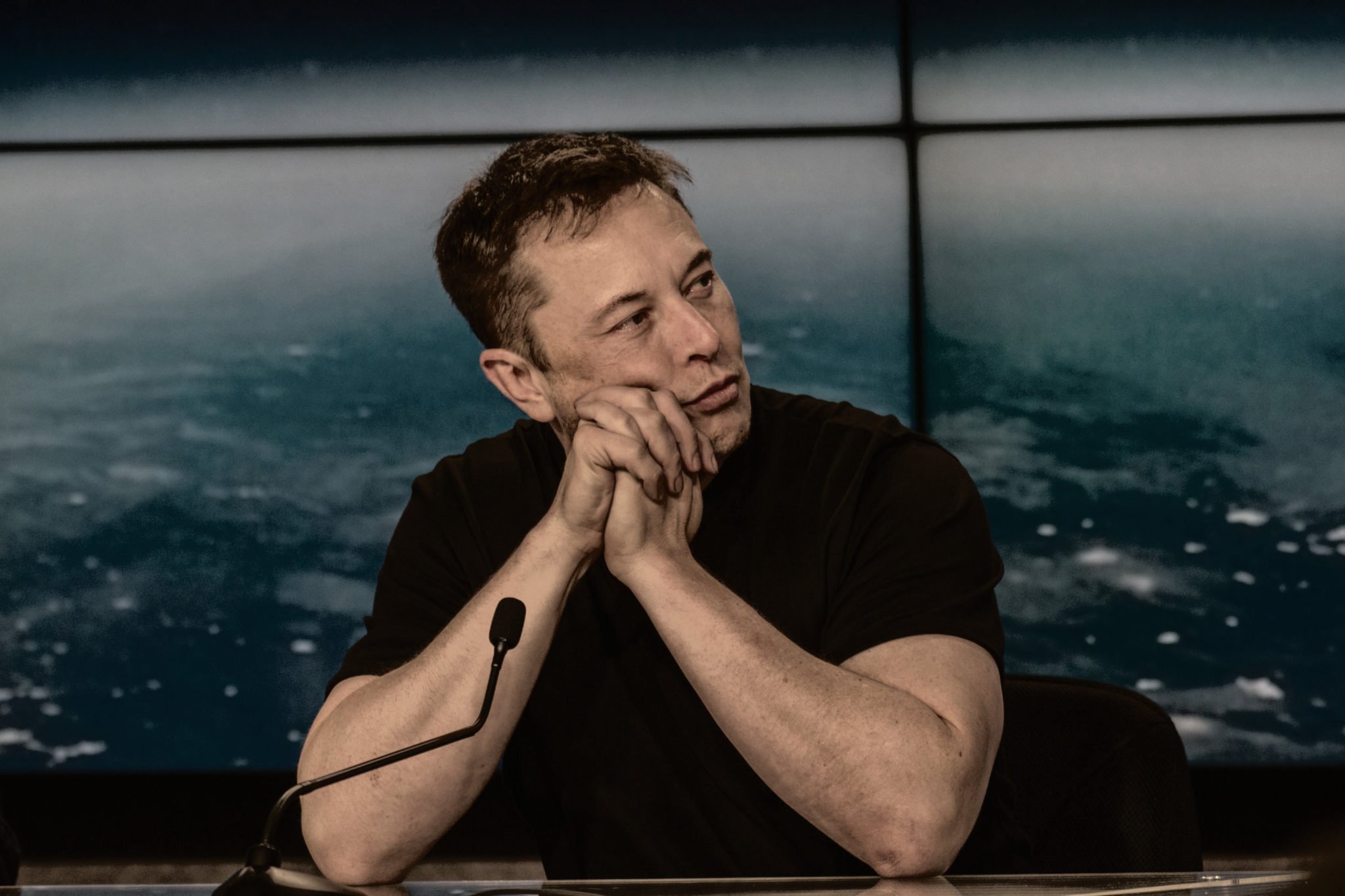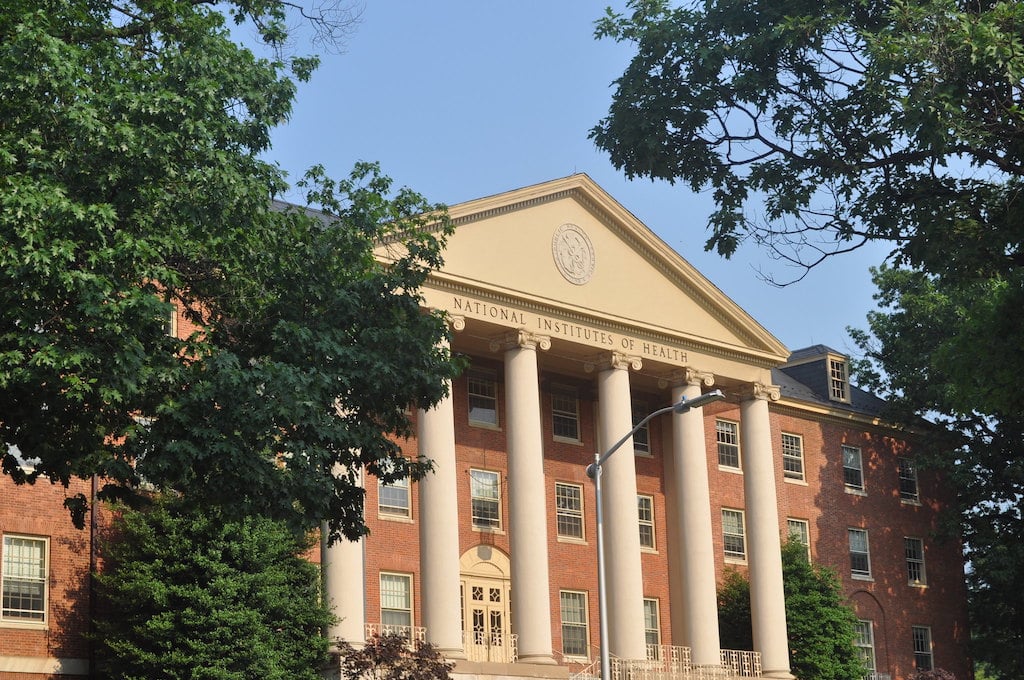Questions abound after the election of Donald Trump last week, and although nearly all of them exceed my political expertise and predictive powers, I do have a few thoughts about one less pressing concern. A question not so much about the future of our nation than about the future digs for our new czar of governmental efficiency. Where will Elon Musk live?
After investing more than $130 million in Trump’s campaign, including staging $1 million “lotteries” for voters in swing states, Musk will descend on DC with no shortage of political influence. Notably, as the co-chair of the newly-announced maybe-it’s-a-commission, maybe-it’s-just-two-lines-on-a-press-release Department of Governmental Efficiency (DOGE), he’ll need a place to crash as he attempts to cut some $2 trillion from the federal budget.
Musk’s history with real estate is complicated—and revelatory. Like most billionaires, he first embarked on an expansionary phase, amassing properties the way the rest of us amass parking tickets. Starting in 2012, he began a buy-out-the-neighbors purchasing spree, closing on a cluster of six properties in the celebrity-studded Bel-Air neighborhood of Los Angeles. His main house, a six-bedroom, 16,251-square-foot estate styled like a French chateau, was a lair befitting the Tesla tycoon: tennis court, five garages, pool and spa, two-story library, orchard, and a 1,000-bottle wine cellar. His residential empire included the comedian Gene Wilder’s former house, a midcentury-modern number designed by the architect Robert Byrd; Musk reportedly used it as a private school for five of his children.
I am selling almost all physical possessions. Will own no house.
— Elon Musk (@elonmusk) May 1, 2020
And then, suddenly, with a few finger taps, he reversed course. “I am selling almost all my physical possessions. Will own no house,” he tweeted on May 1, 2020, before unloading his real-estate portfolio for $127.9 million. A period of residential austerity ensued. He lived in a $50k prototype prefab unit next to the SpaceX launch site in Boca Chica, Texas. “It has an open-space main room, with white walls and [a] lightly stained wood floor, that is a combined living room, dining area, and kitchen. A small wooden table serves as his desk,” writes Walter Isaacson in his biography of Musk. “Humble does not begin to describe its status as the primary residence of a billionaire.”
What precipitated Musk’s hyper-modest turn? Publicly, he cited the necessity of dedicating his time to professional pursuits. “What’s more important, Mars or a house?” he asked during a podcast appearance with Joe Rogan. “I like Mars, okay.” But according to Isaacson, Musk was also hoping his self-imposed austerity might help heal a growing rift with one of his children, Xavier, whose progressive political beliefs led them to clash (Xavier has since come out as transgender and has changed their name to Vivian Jenna Wilson). “I hate you and everything you stand for,” Vivian messaged Musk as their relationship unraveled, and Musk’s campaign against the woke mind virus began.
Now, once again, Musk has embraced expansion. As the New York Times reported in October, he has purchased two adjoining Austin estates for $35 million as a kind of family compound, where his children (all 11 of them, minus Vivian) and two of their three mothers can live together. If that sounds like a modern spin on traditional family values, People magazine only added to the intrigue last week, reporting that Musk and Grimes, the Canadian singer and mother of three of Musk’s children, were hunting for a similar complex in Bel-Air. Whether their search predates the Austin purchase or suggests Musk is in the market for a second compound remains unclear.
What does this mean for his DC pad? Musk, I imagine, will start by playing small-ball. He has a history of crashing at friend’s houses: the Austin mansions of his PayPal cofounders Luke Nosek and Ken Howery; the Lanai guesthouse of Oracle cofounder Larry Ellison; the San Francisco digs of Craft Ventures cofounder David Sacks; and, most recently, Mar-a-Lago, where’s he been dubbed the “guest who wouldn’t leave.” Maybe he’ll couch surf at Microstrategy cofounder Michael Saylor’s pad at Washington Harbor, assembled from three adjoining units and boasting Potomac views—two crypto bros plotting line-go-up world domination. Maybe he’ll lease an apartment at CityCenter, where Stephen Miller and Hope Hicks both lived during Trump’s first term, giving him a short walk to the White House, a plus for a man in the efficiency business. Or maybe he’ll go prefab again, setting up a modest box on the White House lawn (no local zoning laws apply).
Musk himself has acknowledged that his government cost-cutting-cum-dismantling of the deep state will entail “some temporary hardship.” Assuming that he and Trump and their considerable and shared self-regard coexist longer than Trump and former Press-Secretary-for-10-days Anthony Scaramucci, he’ll be poised to capitalize on the softening local real-estate market as the government workforce withers. Musk’s predilection for European-inspired architecture (the Times described one of his recent Austin purchases as a “14,400-square-foot mansion that looks like a villa plucked from the hills of Tuscany”) suggests McLean would be his natural milieu.
But Musk also has, at various points, contemplated building his own designer digs. “What’s a dream house for Elon Musk? Like some Tony Stark-type shit?” Rogan asked him during one of his podcast appearances. “Yeah, definitely,” Musk replied. “You’ve gotta have the dome that opens up with the stealth helicopter.”
A man of refined architectural tastes he is not—with one notable exception. In 2022, after forgoing his period of austerity, Musk purchased a horse farm in Austin and invited the celebrated British architect Norman Foster, who designed Apple’s headquarters in Cupertino, to design a house. “It should be like something fell out of space, like a structure from another galaxy landed in the lake,’’ Musk suggested when they met at the site, Foster sketching in his notebook. Or maybe, as Isaacson reported Musk saying, like “a shard of glass coming out of the lake? The bottom floor could be partly submerged in the water, accessible by a tunnel from another structure on the shore.” As Musk later admitted of the scrapped proposal: “It’s more an art project than a house.”
Well, Musk can now build it in DC. Perhaps with a hyperloop tunnel running to the White House. That shard of glass/structure from another galaxy can rise along the Potomac. It will be a symbol of efficiency and whimsy and wealth. A monument to the man who helped tip the election in Trump’s favor, and who now has arrived to transform our city. An emblem of our brave new world.
















